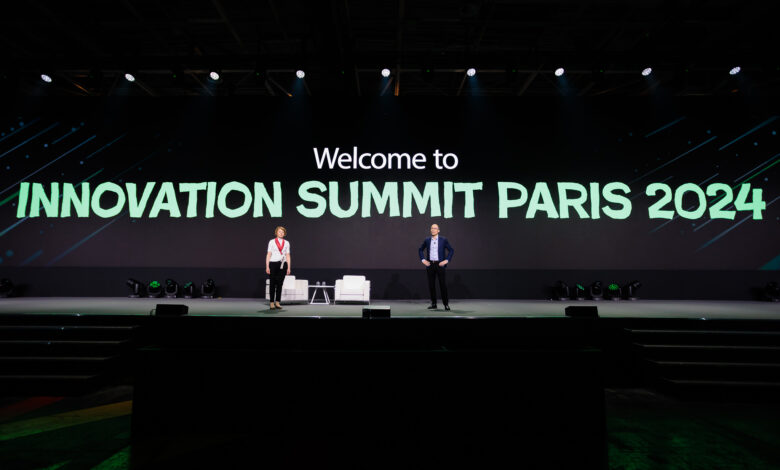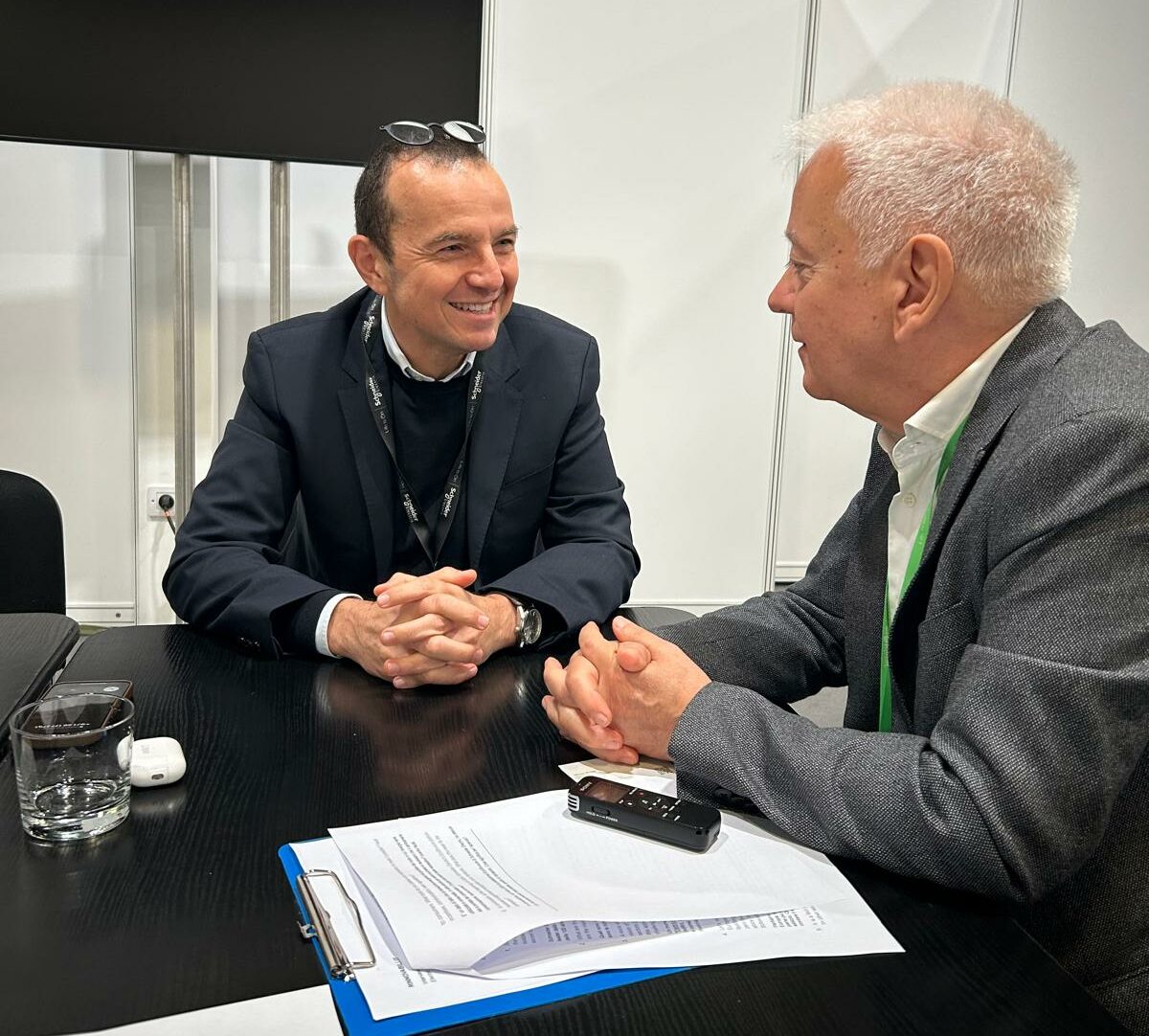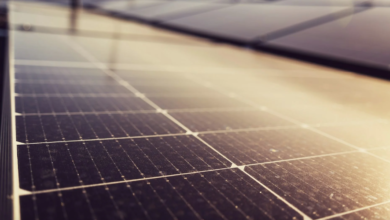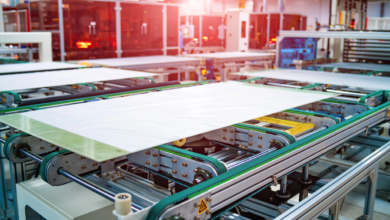Meet business and sustainability without compromise? Is it possible, says Oliver Blum

by Mauro Spagnolo
Interview with Oliver Blum, Executive Vice President Energy Management Business Schneider Electric
Schneider Electric has maintained its position among the sustainability leaders in the Dow Jones Sustainability Index and Corporate Knights’ list of the 100 most sustainable companies in the world for the thirteenth consecutive year. What is the secret behind this achievement?
The secret is leadership in the culture.
We started 20 years ago on this sustainability journey, at that time the word used was Corporate sustainability. We put it very high in our strategic competitivity agenda. We need to satisfy our customers, our shareholders and to take care of the overall environment. It was most important that this push came from the CEO of the company at that time and from the CEO after him, JP Tricoire, a push to generate impact in everything you do.
Of course, we had to simultaneously generate business results and pursue the mission of being partners for the efficiency and sustainability of our customers. But it’s not just about that, it’s about what we do with customers and suppliers every day and in every part of the world, considering that systems are very different in different countries.
This commitment goes also in the way, we select people for the top positions in the company, looking for people who want to have this positive impact. Of course, you always have a financial interest in your business, customers, shareholders, employees but this positive impact must be part of the culture. I think the secret starts really from there.
How this translates into the company, it means that you have created a system of management where every 3 to 5 years we define a new sustainability strategy that is fully connected to our business strategy and describes what we want to do differently in the next 3 to 5 years. Now we are nearing the end of the cycle we’re in, as we started in 2022 and we’re ending in 2025 and we’re starting to think about the next one. The reflection is not on how being compliant with the ESG reporting and all these things of the past but on how the world looks today, how we would like it to look in 5,10,15 years and what we can do to have a positive impact to make this happen – because it is too easy to be compliant with the reporting of today, but the reporting of today is a reflection of the past. So the system of management is a long-term strategy on what you want to be made differently, it is translated in a “barometer”, an index where we measure our results every 3 years and we’ve been doing since 20 years, this barometer is part of our incentives so it impacts on financial retribution of all the employees and we have a committee focused on this- So it starts from the culture and we have a full system of management so that this is not something you do when you have not other to do but is a top priority and it has worked so far, we’re very proud we do it.

What are the short-term priorities for your division (Energy Management)? And what are the main market requests when it comes to energy management?
Short-term and long-term are not very different. If you take today the CO2 emissions in the world, 80% is related to energy. All our business is providing solutions for installations, for homes, for buildings, for data centers, and infrastructures where we manage or help our customers manage their energy. The priority is of we move from a place where we support them in this to a place where we leverage electricity and digital to help them become more sustainable, because it is about how we manage the energy. In your home, for instance, is how we extract intelligence from your distribution system, how we understand the way you live in your home and than we can give you an app where you can manage and make some decisions to save energy, or even have Artificial Intelligence decide for you what you make about your home decisions. So moving from a place where people just use this installation to a place where we combine electrical and digital to make it really smart and therefore most sustainable, this is a short-term priority because all that we do in design, what all our engineers are doing is how to design a digital layer that covers all your electrical equipment to connect them all. Today is not all connected so the innovation is to make it connectable, once it is connectable you can extract the data and make that data useful. So it’s short term, long term, it is about helping our customers do it. Of course, if you are the CEO of a multinational or a homeowner it is not exactly the same, in all segments (small, medium, large companies) the problem and the solutions are different but we’re quite the expert in solving this for all.
Let’s talk about energy management and buildings: one of the major issues in Europe at the moment, especially after EPBD, the Green Buildings Directive, is the buildings decarbonization. The most challenging part is not constructing new net-zero buildings but rather improving the energy efficiency of the existing building stock. What do you consider to be the priorities in this regard, and what tools does Schneider rely on in this sector?
If you add up emissions 40% are buildings: homes, hospitals, hotels and so, the largest part of the problem is in buildings. 90% or more of less in next 10 years of the solutions is in existing buildings, so what to be done:
First: we need governments to be more proactive, creating incentives encouraging building owners to act on it. I do not know in Italy what you use but it is carrot or stick, incentive or obligation. You have to decide one or other or both. Or I give you money for the renovation of your home or you can’t use your home anymore. Government have to understand that if we don’t create the ecosystem to encourage building renovation we won’t arrive at this.
Second: large number of big companies have committed to net zero and when they go into the details of their decarbonization progress, they understand that they have to decarbonize their buildings. We have seen in Schneider in the past 2-3 years a huge increase in demand for energy efficiency in buildings because the customers have understood they have to do it, if they want to arrive at their long-term goals they have to decarbonize.
The other 3rd reason is the cost of energy, there is a large push to tackle energy consumption because of the cost of energy you can save a lot of money and to answer your questions the return on investment can be 2 to 3 years if you invest in technological solutions to make your building more efficient. So we need the government to create the environment, the companies to take action and we need companies like Schneider to find the solutions. The technologies are available, it’s how you create in your building, with sensors, a building automation system to collect and use all the data you are getting and adding a layer of software to be sure you’re managing all smartly. In an exposition building like this where we are, this pavilion, you can’t do it manually. Your question is important because a large part of the focus must be the retrofitting of existing buildings. We are progressing, and with AI it will make easier and easier in the future to implement the right decisions for your building. The question is how to accelerate this ecosystem to take action.
It is a fact that the energy transition is driven by how energy is used and consumed. In other words, for success, the change must be going to be accessible to consumers. What tools do you believe are necessary to make it possible? Fiscal incentives, communication, new regulations?
Solution first of all. The technology is available. In my home I can see all that energy happens, it is not my permanent home, By implementing a retrofit you can implement this kind of solution. Not only energy but also security, smoke/fire detection/other – all of that is available and can be done in a single home, I can see the bill, the savings, the insights, the recommendations. It is available, and to answer the question the French government put in place 3 months ago that if you want to renovate your home they can give you a subsidy, but the system must comply with local regulations. The French utilities will send from time to time a signal regarding the peak consumption and they want the system to be able to catch this signal, so we have the compliant solution. The return on investment is short, 2 3 years, 3 without incentive. 22 of CO2 is in homes.
In conclusion, at the beginning of 2024, Schneider Electric’s EcoStruxure platform received significant recognition from Verdantix. What does this mean for the company?
It means a lot because EcoStruxure is everything that I showed: electrical products in a building, the connectable part of the products, and the connectivity available with the edge layers to catch data and then software to analyze, have application. Complete stack to connect, catch data, layers software is EcoSX for home, building, datacenter. Recognition standard professional says that it works. 10 years ago when we launched it it was a vision now reality we have the largest data center in the world, in homes – it is everything we do. When you ask about our short-term priorities, they are making EcoStruxure a reality for all the customers.





